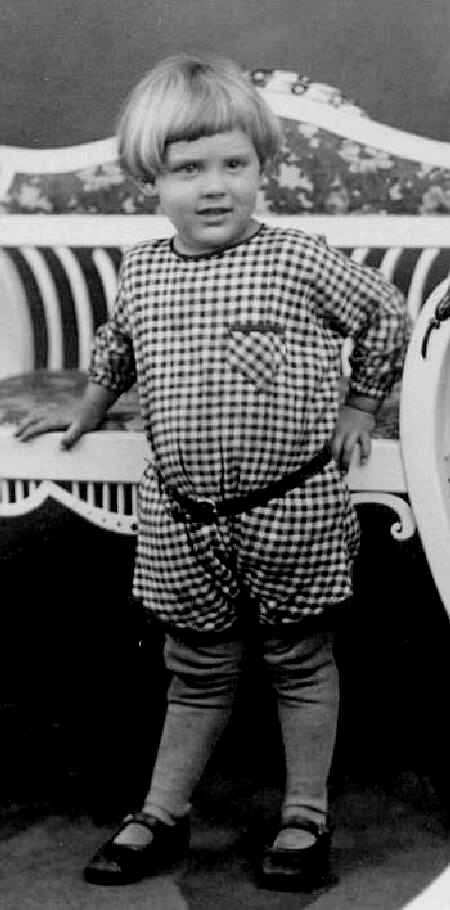
Figure 1.--Here we see a German boy wearing a long-leg romper suit, I believe in the 1920s. |

|
We note various styles of German German rompers. These include some rompers rather like American rompers. We also notice French styles. The first rompers we note are one-piece outfits with very long extending down to the knee. Gradually rompers became shorter. This basic trend followed the trend in short pants as well. We also notice belts on many early rompers. We also notice rompers being styled similarly to the top of smocks, although smocks were not very common in Germany. We have also seen suspender rompers worn with fancy blouses although these were not very common. These seem similar to French styles. The French influence may be due to the fact that during the World war II occupation of France, large quantities of French clothibg were shipped to Germamy.
We botice German rompers rather like American rompers. The first rompers we note are one-piece outfits with very long extending down to the knee. These seem the most popular rompers in Germany. We not quite a few snapshots showing younger boys wearing these rompes. Gradually rompers became shorter. This basic trend followed the trend in short pants as well. We also notice belts on many early rompers. This was a play, utilitarian garment for little boys.
We also notice French styles. We also notice rompers being styled similarly to the top of smocks, although smocks were not very common in Germany. These were the classic French barboteuse rompers. The French influence may be due to the fact that during the World war II occupation of France, large quantities of French clothibg were shipped to Germamy. This was to pay off the reprirations required as part of the French surrender to Germany. They were no extremely popular in Germant, but we do see them in the 1940s. Here not only the German occupation of France was important, but this could have populsarized fashions that continued after the War.
We have also seen suspender rompers similar to suspender shorts. We notice two basic styles, regular suspender rompers and H-bar rompers. These were the same styles used for younger boys wearing short pants. We note a variety of material as well as colors as patterns. Short pants done in patterns were not very common, perhaps somewhat more common for susdpender shorts. This seems more common for rompers. They were not nearly as common as suspender shorts, but we have found an number of portraits and snapshots of suspender rompers. The portraits show themn bring worn as dressy garments. This seems a dressy style for little boys.The snapshots show them being worn as play garments. The dressy rompers might be worn with fancy blouses although these were not very common. These seem similar to French styles. Like the classic barboteuse rompers, we mostly see them in the 1940s. They do not seem very common in the 1930s. These suspender rompers were perhaps related to the German World War II occupation of France. As a result of reparations and a grossy adverse fixed exchnge rate, large qusantities of French products, including clohing, were shipped to the Reich during the voccupation (1940-44). The French clothing not only affected the clothes boys wore directly, but perhaps the tyles avctually msnbufactured in Germany.
Navigate the Boys' Historical Clothing German pages:
[Main German romper page]
[German art]
[German choirs]
[German movies]
[German royalty]
[German school uniforms]
[German youth groups]
[German sailor suits]
[Lederhosen]
[Ethnic]
[Tights]
[Long stockings]
Navigate the Boys' Historical Clothing Web Site:
[Introduction]
[Activities]
[Biographies]
[Chronology]
[Clothing styles]
[Countries]
[Bibliographies]
[Contributions]
[Essays]
[FAQs]
[Glossaries]
[Images]
[Links]
[Registration]
[Tools]
[Boys' Clothing Home]
